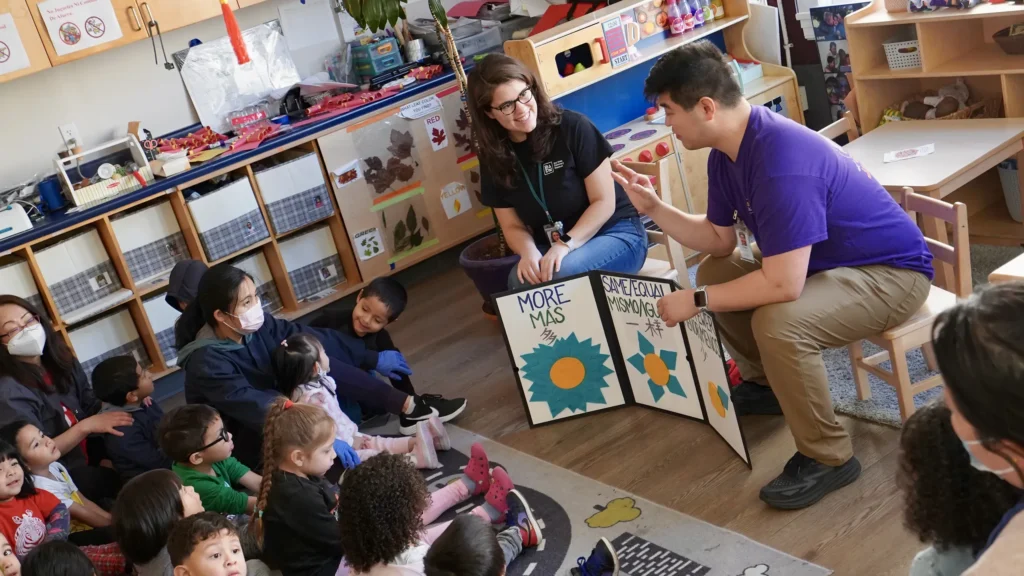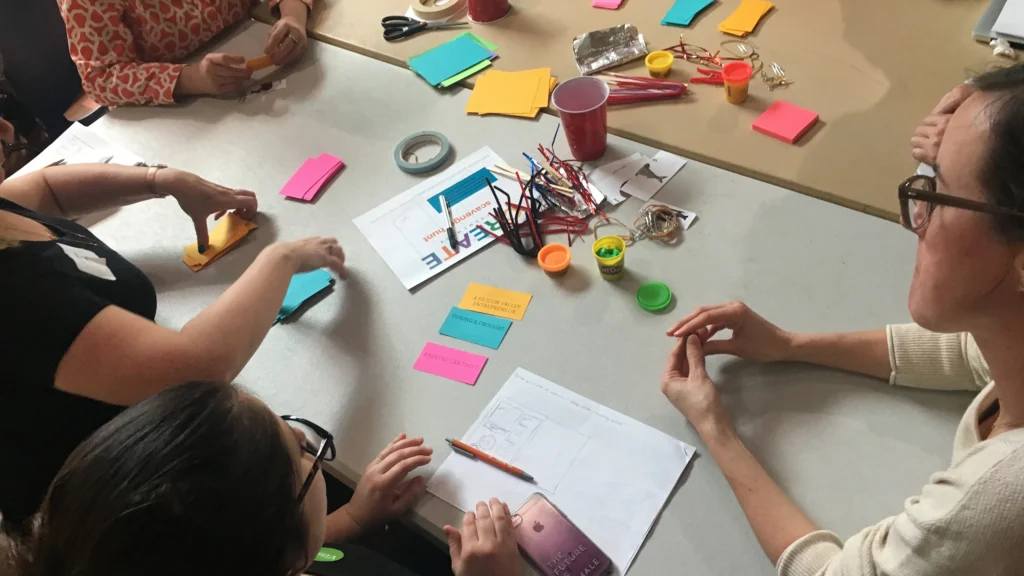

Programs at Your Site
Bring the museum to your community or classroom with our Try it Truck and STEAM Workshops! We’ll provide multi-sensory explorations of STEAM concepts while encouraging risk-taking, collaborative problem solving, and creative thinking.

Educator Resources
Welcome educators! Search through our database of research-backed activities, lesson guides, and other resources designed specifically for you. Offerings includes a toolkit for librarians, STEAM-based classroom activities, and information on our signature early engineering design process, Think, Make, Try®.

Field Trips to the Museum
Visit the museum and take part in hands-on explorations in one of our STEAM workshops or on a Discover-It-Yourself field trip. All programs include the opportunity to explore all 7.5 acres of the museum in its beautiful national park setting!

Professional Development
The museum’s research team provides professional development for a variety of audiences, including teachers, librarians, caregivers, and more. Our staff bring expertise on integrating play-based STEAM learning into different settings with trainings that include hands-on learning and practical tips and tools for implementation.
Thank you to the following funders for their support of School & Community Programs:





